 Zacks Investment Research upgraded shares of Luxoft (NYSE:LXFT) from a hold rating to a buy rating in a research report report published on Friday morning. They currently have $48.00 target price on the software maker’s stock.
Zacks Investment Research upgraded shares of Luxoft (NYSE:LXFT) from a hold rating to a buy rating in a research report report published on Friday morning. They currently have $48.00 target price on the software maker’s stock.
According to Zacks, “Luxoft Holding, Inc. offers software development services and information technology solutions. Its software development services consist of software development and support, product engineering and testing and technology consulting. The Company focuses on six industry verticals: financial services, travel and aviation, technology, telecom, automotive and transport and energy. It operates primarily in Western Europe and North America. Luxoft Holding, Inc. is based in Tortola, Virgin Islands. “
Get Luxoft alerts:Several other equities analysts also recently commented on LXFT. Cowen downgraded shares of Luxoft from an outperform rating to a market perform rating and cut their price target for the company from $63.00 to $50.00 in a report on Wednesday, February 14th. ValuEngine upgraded shares of Luxoft from a sell rating to a hold rating in a report on Wednesday, May 2nd. KeyCorp cut their price target on shares of Luxoft from $56.00 to $53.00 and set an overweight rating on the stock in a report on Tuesday, May 22nd. William Blair downgraded shares of Luxoft from an outperform rating to a market perform rating in a report on Thursday, May 24th. Finally, JPMorgan Chase & Co. cut their price target on shares of Luxoft from $69.00 to $65.00 and set an overweight rating on the stock in a report on Wednesday, February 14th. One analyst has rated the stock with a sell rating, seven have assigned a hold rating and six have given a buy rating to the company’s stock. The stock presently has an average rating of Hold and an average price target of $54.91.
Luxoft opened at $33.00 on Friday, Marketbeat.com reports. Luxoft has a twelve month low of $31.50 and a twelve month high of $66.55. The stock has a market capitalization of $1.12 billion, a PE ratio of 15.79 and a beta of 1.65.
Luxoft (NYSE:LXFT) last posted its earnings results on Thursday, May 24th. The software maker reported $0.59 earnings per share for the quarter, missing analysts’ consensus estimates of $0.60 by ($0.01). Luxoft had a return on equity of 16.33% and a net margin of 6.29%. The business had revenue of $232.90 million during the quarter, compared to the consensus estimate of $228.74 million. During the same quarter last year, the firm earned $0.63 earnings per share. The business’s quarterly revenue was up 14.1% on a year-over-year basis. research analysts anticipate that Luxoft will post 2.51 earnings per share for the current year.
Hedge funds have recently modified their holdings of the business. GCA Investment Management LLC bought a new position in Luxoft in the 4th quarter worth about $217,000. Brown Advisory Inc. purchased a new stake in shares of Luxoft in the 4th quarter worth approximately $446,000. Redmond Asset Management LLC purchased a new stake in shares of Luxoft in the 4th quarter worth approximately $518,000. Quadrature Capital Ltd purchased a new stake in shares of Luxoft in the 4th quarter worth approximately $529,000. Finally, Wells Fargo & Company MN lifted its position in shares of Luxoft by 185.5% in the 3rd quarter. Wells Fargo & Company MN now owns 9,797 shares of the software maker’s stock worth $468,000 after purchasing an additional 6,365 shares during the period. Institutional investors and hedge funds own 55.86% of the company’s stock.
About Luxoft
Luxoft Holding, Inc, together with its subsidiaries, provides software development services and IT solutions to multinational corporations primarily in Europe and the United States. It offers application software development, software architecture design, performance engineering, optimization and testing, process consulting, and software quality assurance services; functional specification and mock-up, product design, engineering, automated testing, maintenance, support, and performance engineering services; and IT strategy, software engineering process, and data security consulting services.
Get a free copy of the Zacks research report on Luxoft (LXFT)
For more information about research offerings from Zacks Investment Research, visit Zacks.com
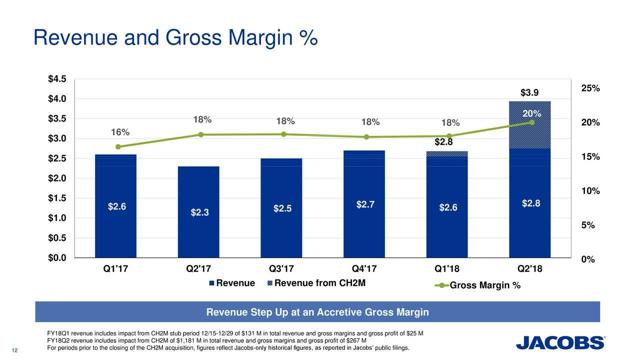
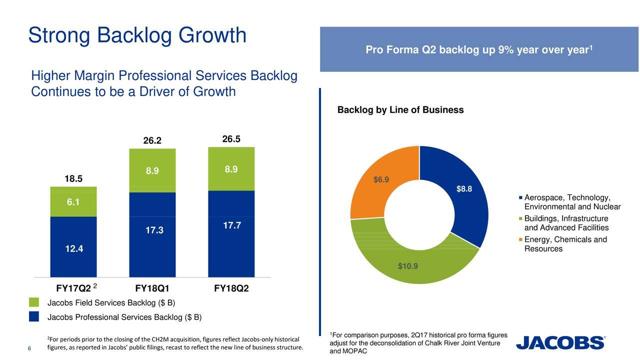
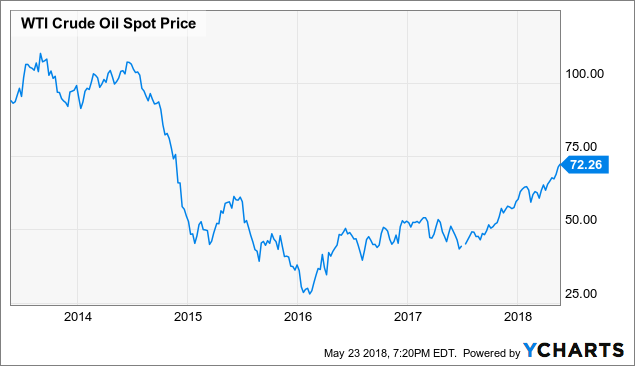 WTI Crude Oil Spot Price data by YCharts
WTI Crude Oil Spot Price data by YCharts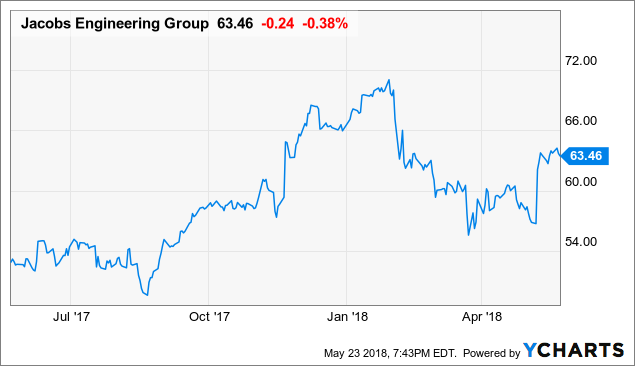 JEC data by YCharts
JEC data by YCharts 24/7 Wall St.
24/7 Wall St.
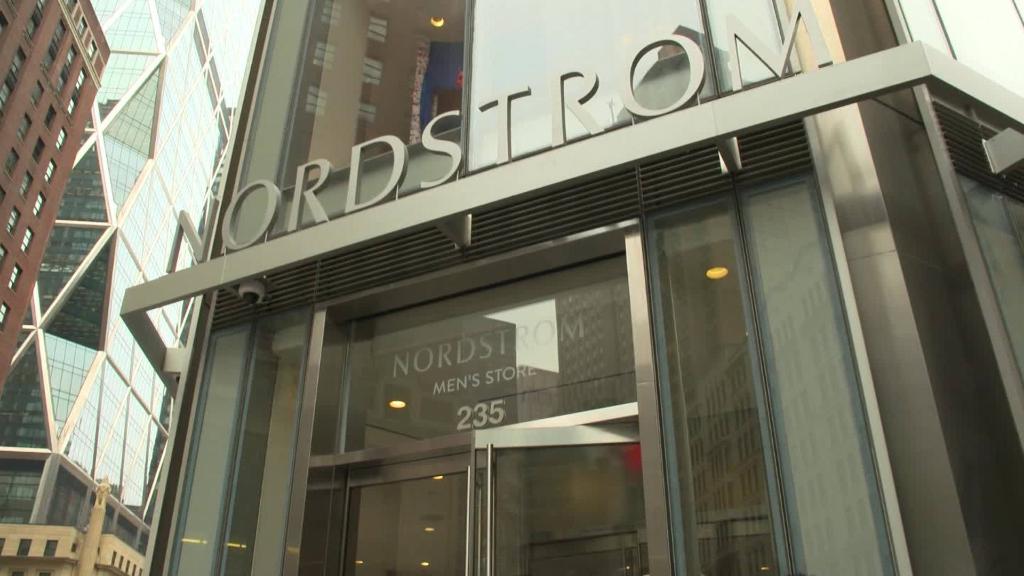 Nordstrom's men's store offers 24-hour curbside pickup
Nordstrom's men's store offers 24-hour curbside pickup